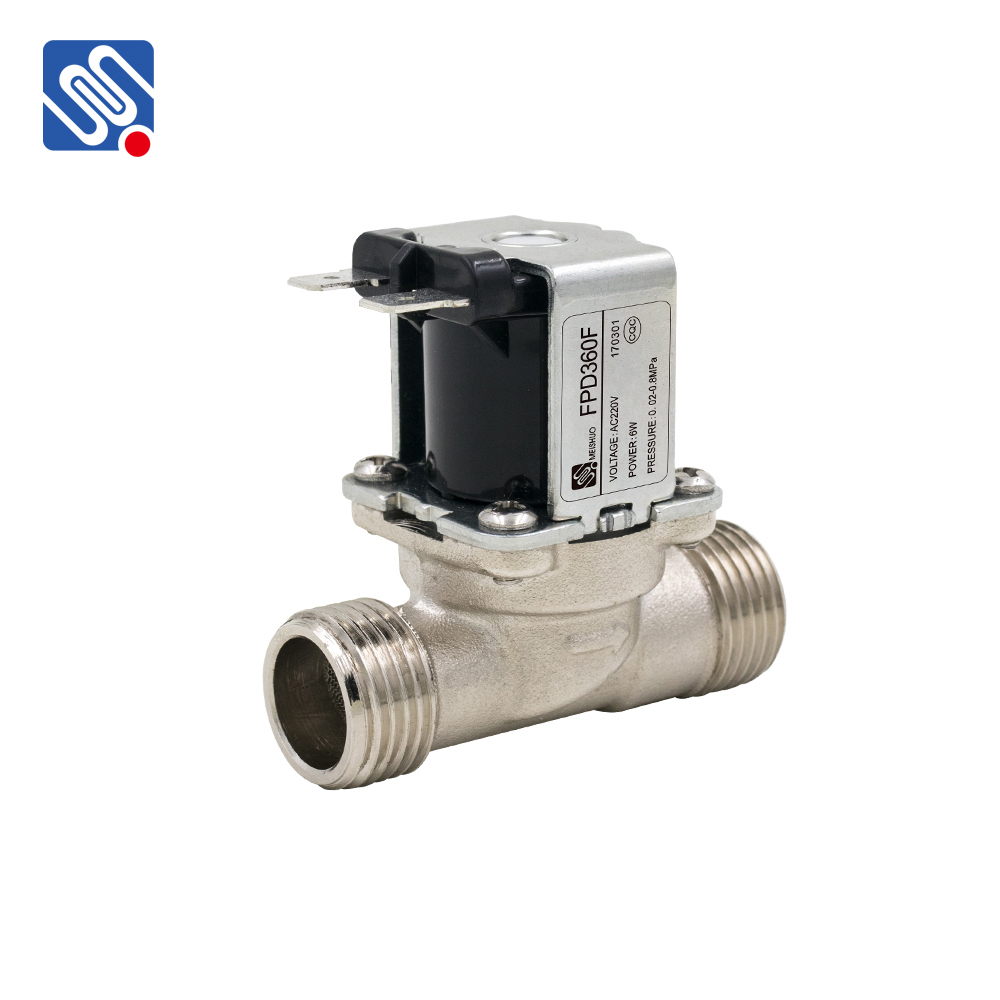understanding the function and applications of direct acting solenoid valve
Release time:2025-10-21 06:06:06
A Direct Acting Solenoid Valve is an essential component in many industrial and residential applications, providing an efficient and reliable method for controlling the flow of fluids. These valves are particularly valuable in systems where precision and speed are of utmost importance. In this article, we will delve into the principles of how Direct Acting Solenoid Valves work, their key features, and their various applications across different industries.

What is a Direct Acting Solenoid Valve?
A Direct Acting Solenoid Valve is an electromechanical valve that uses an electric current to control the flow of liquids or gases in a system. The term "direct acting" means that the solenoid valve’s operation is driven directly by the magnetic force of the solenoid, without the need for external energy sources such as compressed air or hydraulic pressure.
When current flows through the solenoid coil, it creates a magnetic field that moves the valve's plunger or core. This movement opens or closes the valve, thus controlling the flow of the fluid. When the current is turned off, the spring inside the valve typically returns the plunger to its resting position, closing the valve and stopping the flow.

